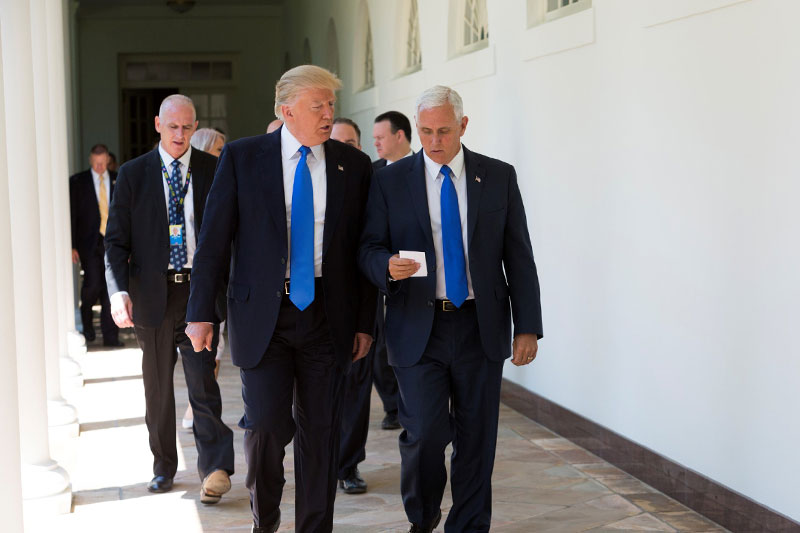On Monday, the White House is expected to unveil its long awaited infrastructure plan, costing $1.5 trillion. Trump’s infrastructure plan will also reform the government’s relationship to the construction industry, cutting down costs by streamlining permitting and red tape.
The infrastructure package is built around four primary goals; generating $1.5 trillion in infrastructure proposals, streamlining the permitting process down to two years, investing in rural infrastructure projects, and advancing workforce training.
On Saturday, a senior administration official told reporters, “The current system is fundamentally broken and it’s broken in two different ways. We are underinvesting in our infrastructure, and we have a permitting process that takes so long that even when funds are adequate, it can take a decade to build critical infrastructure.”
The White House has confirmed receiving a direct federal investment of nearly $200 billion for the infrastructure package that will be counted in the White House’s Monday spending blueprint for fiscal year 2019.
It is believed that the government has allocated $20 billion for new projects it has dubbed “‘transformative programs,” that will remain the primary focus instead of rehabilitation of old infrastructure. Apart from this, another $20 billion is allotted to grow and expand the loans and private activity bonds usage in the country. This is one of the most common tools to fund infrastructure projects. The remaining $10 billion will be used for “capital financing fund.”
Since these rough details emerged, the Democrats have been in an uproar – denouncing Trump and the Administration for spending too little on infrastructure, as they see it. However, a statement from White House indicates that it is only the beginning of the negotiations between Trump and Congress.
“This in no way, shape or form should be considered a take it or leave it proposal,” the official said. “This is the start of a negotiation, bicameral, bipartisan negotiation, to find the best solution for infrastructure in the U.S.”
Another senior administration official said in a statement, “Our plan is our opening in terms of providing ideas to Capitol Hill. And we look forward to working with the relevant committees through the regular order process, through hearings and through additional feedback to the mark-up process.”
A top Democrat on the House Transportation and Infrastructure Committee, Rep. Peter DeFazio (D-Ore.) attempted to label the infrastructure plan as a Wall Street handout, saying, “This is not a real infrastructure plan — it’s simply another scam, an attempt by this administration to privatize critical government functions, and create windfalls for their buddies on Wall Street.”























